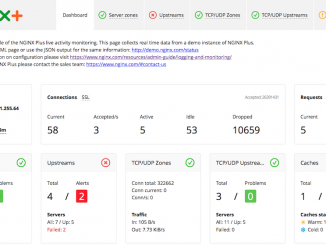
Building Your API for Longevity, Part 2: Best Practices
Building Your API for Longevity, Part 2: Best Practices td { padding-right: 10px; } This post explains how to build an effective API. Once it’s ready, you need to make it accessible to your users. NGINX and NGINX Plus are frequently used as an API gateway. For more information, check out these resources: The announcement for NGINX Plus R10, which includes support for the use of JSON Web Tokens (JWTs, or “jots”) for authentication A description of how to implement API authentication with JWTs from our own Liam Crilly A video describing how Adobe powers its API gateway with NGINX This post is adapted from a presentation delivered at nginx.conf 2016 by Mike Stowe of MuleSoft. This second part focuses on best practices. The first part discusses spec‑driven API development. You can view a recording of the complete presentation on YouTube. Part [ more… ]




